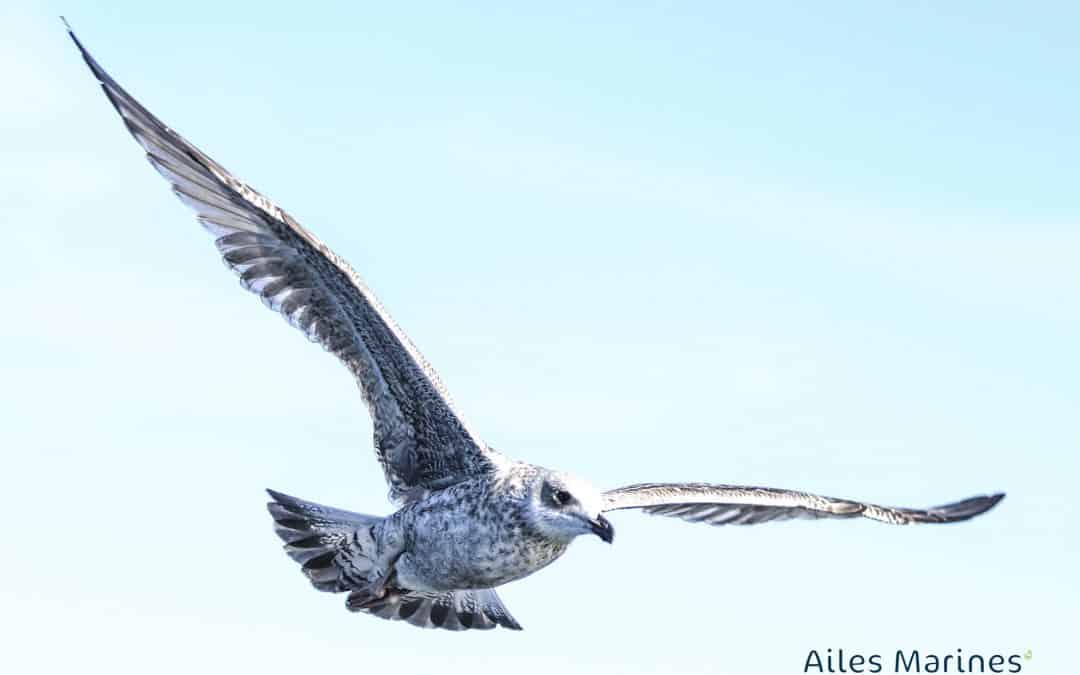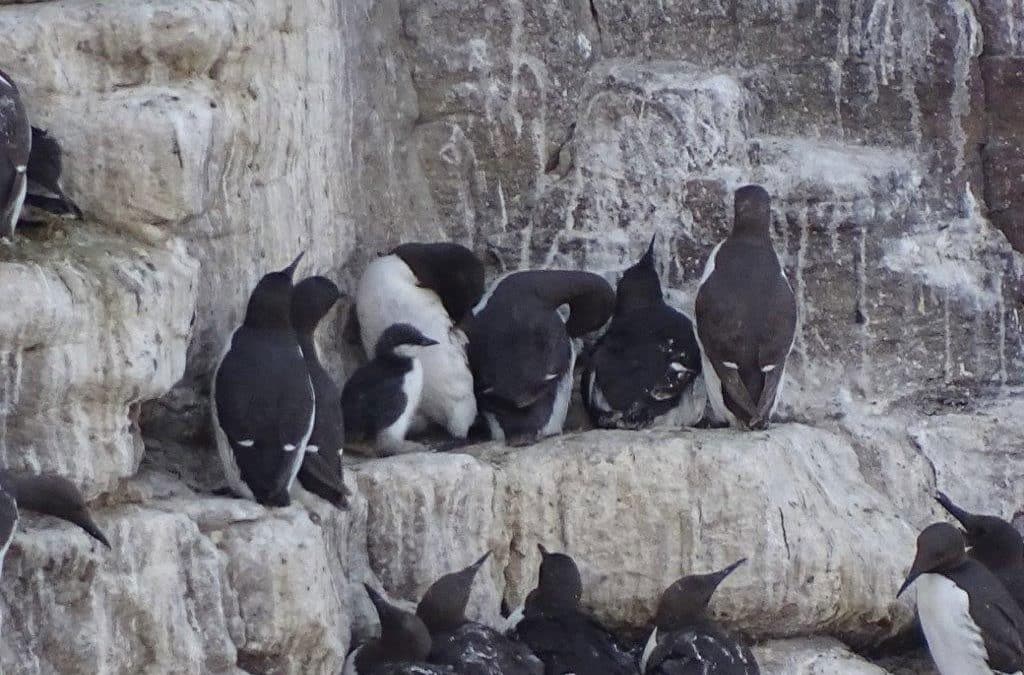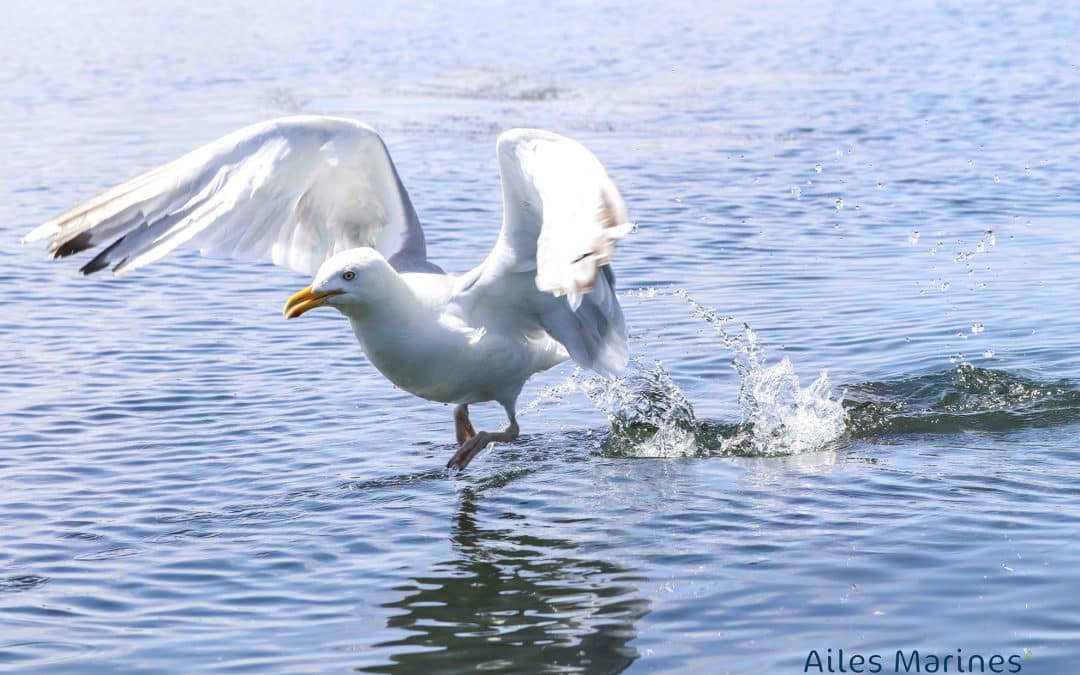
The objective of the measure is to improve knowledge of the nesting colonies in the Bay of Saint-Brieuc.
This monitoring is not intended to replace actions already carried out in the territory, but to complement them in order to refine knowledge of local nesting colonies. The scientific protocol establishing the technical modalities of field actions was established jointly between Ailes Marines and local stakeholders (Bretagne Vivante, GEOCA, Syndicat Mixte Grand Site Cap d'Erquy Cap Fréhel, and VivArmor). The coordinator of the implementation of monitoring is GEOCA. The 7 Islands site was ruled out after discussions with the LPO because the latter is already particularly well followed and known.

The main objective of the “visual” monitoring of marine mammals and birds is to determine the impact of the work and operation of the wind farm off the coast of Saint-Brieuc Bay on these groups.
These monitoring will also improve local knowledge. These were communicated to the CGS in April 2019. Boat observations are carried out by two observers simultaneously, each covering one side of a boat and focusing on a 300 m band.

The operations are part of a global ecological restoration project for the island with the profile of nesting seabird colonies. Indeed, the American Mink, an invasive species, has spread to the Tomé islet, predating the eggs of the nesting colonies and preventing any nesting. This is dramatic for the islet and could ultimately threaten the colonies of the Seven Islands if this species reached that point.

The measure concerns nesting Torda Penguins and Common Guillemots in the Cap Fréhel colony.
The aim is to clarify the ecology of these two species and to learn more about the behavior of these birds in relation to the construction and operation of the park. The objective is to equip 10 to 15 individuals of Penguins and Guillemots per year, for 3 years, with miniaturized electronic devices during the breeding period.

The objective of the measure is to improve knowledge of the ecology of the gannet in the bay of Saint-Brieuc.
This monitoring is not intended to replace actions already carried out in the territory, but to complement them in order to refine knowledge of local colonies. The field work will take place in Sept-Iles, but the data collected will allow detailed monitoring of their movements and fishing activities throughout the Channel.

Monitoring of avifauna by maritime radar will be carried out using an automated radar/camera system installed in the park. Vertical data provides information on flight height while horizontal data provides information on lateral trajectories/directions. These two pieces of information are important to see if the birds change their flight height, avoid the wind turbines laterally, enter directly into the park, and leave again.






